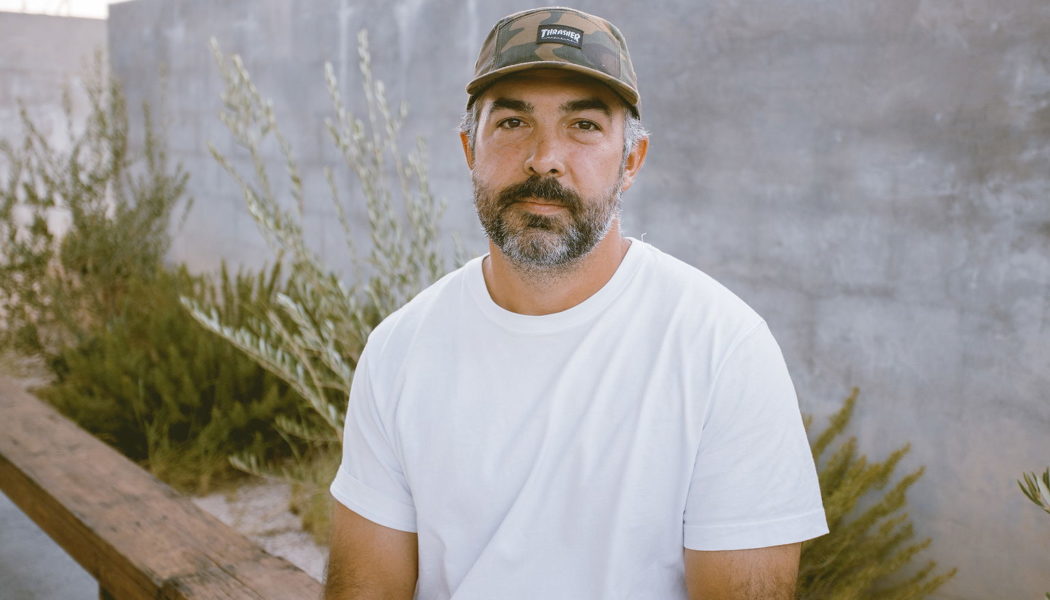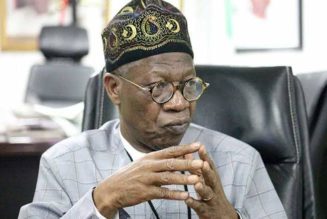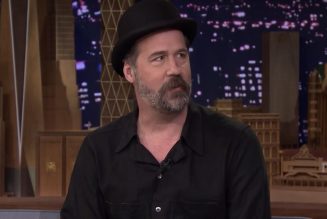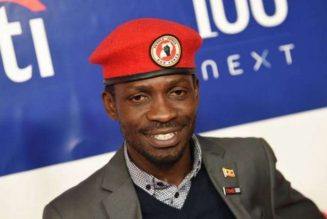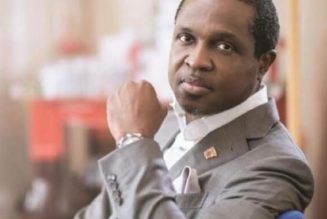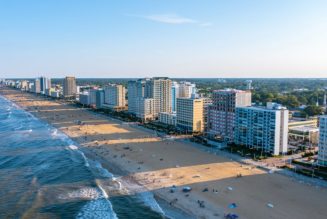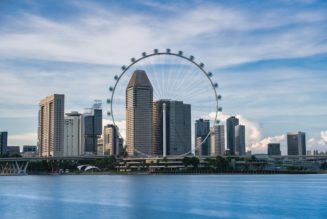Charly Wilder speaks to R&K’s former managing editor Cengiz Yar about his nine-year project documenting Mosul and the so-called war on terror’s long-term effect on the northern Iraqi city
This summer marked a decade since the fall of Mosul, when ISIS insurgents captured the city from Iraqi forces. What followed were years of brutal occupation, of war and destruction, as this ancient center of civilization became a battleground in the so-called global war on terror. The story of the city and its inhabitants during this fraught period, and of the era of reconstruction that followed, is the subject of This Alabaster Grave, a new book project by the photojournalist Cengiz Yar.
A longtime contributor to Roads & Kingdoms who was also previously our managing editor, Cengiz traveled frequently to Mosul between 2015 and 2023, embedding with special forces, local militia, and NGOs on assignment for publications like Foreign Policy and WIRED, but also going deep beyond the headlines, returning again and again to photograph people he’d come to know not just as subjects and sources but as friends. Perhaps as a result, his images have an immediacy and tenderness that is rare in war photography and in conflict reporting in general.
Now, as the book goes into its final phase of production, Cengiz is raising money to fund printing costs in the Netherlands. We spoke to him from his home in El Paso, Texas about his time in Iraq, the experience of creating this rare piece of visual testimony, and what it means to tell this story now.

Roads & Kingdoms: What was it that first drew you to Iraq? Do you have a family connection?
Cengiz Yar: I’m Turkish, and my dad was an immigrant to the US, but I grew up in the US and I don’t have any Iraqi background. I’ve just been fascinated with Iraq since we started bombing them as a country years ago. I had all these preconceived notions and fears about the place prior to going there. Then I started working there in 2014. I was working on a project about Syria and Syrian refugee children, and to get into Syria from Iraq, I had to get smuggled through Mosul. I got to Iraq and realized that everything I thought about the country was wrong and I was just absolutely fascinated and wanted to spend more time there.
I got to Iraq and realized that everything I thought about the country was wrong.
R&K: What were your impressions of Mosul on that initial visit?
Yar: It was a pretty dicey city at that point for Westerners. ISIS was rumored to be already in the city. They hadn’t taken it over yet, but it was kidnap central. I looked out the window of the car and just saw this city I couldn’t access, and it looked really rough. It had been neglected for years by the central government, which is partly why ISIS was able to take over. A week after that trip, ISIS officially took over the city, and all I wanted to do was pivot everything I was doing to focus on what would be the retaking of Mosul by Iraqi forces. So the next year I saved up some money and I moved to Iraq to focus more full time and lived in Erbil, which is in the north, and then just stayed and tried to make work about the Kurds in the north and about the eventual retaking of the city. And then a year later, after I’d moved there, Iraqi forces launched their effort to retake the city of Mosul. By that point, I had already been there for a year and was pretty well established and was in a good position to cover the fight.
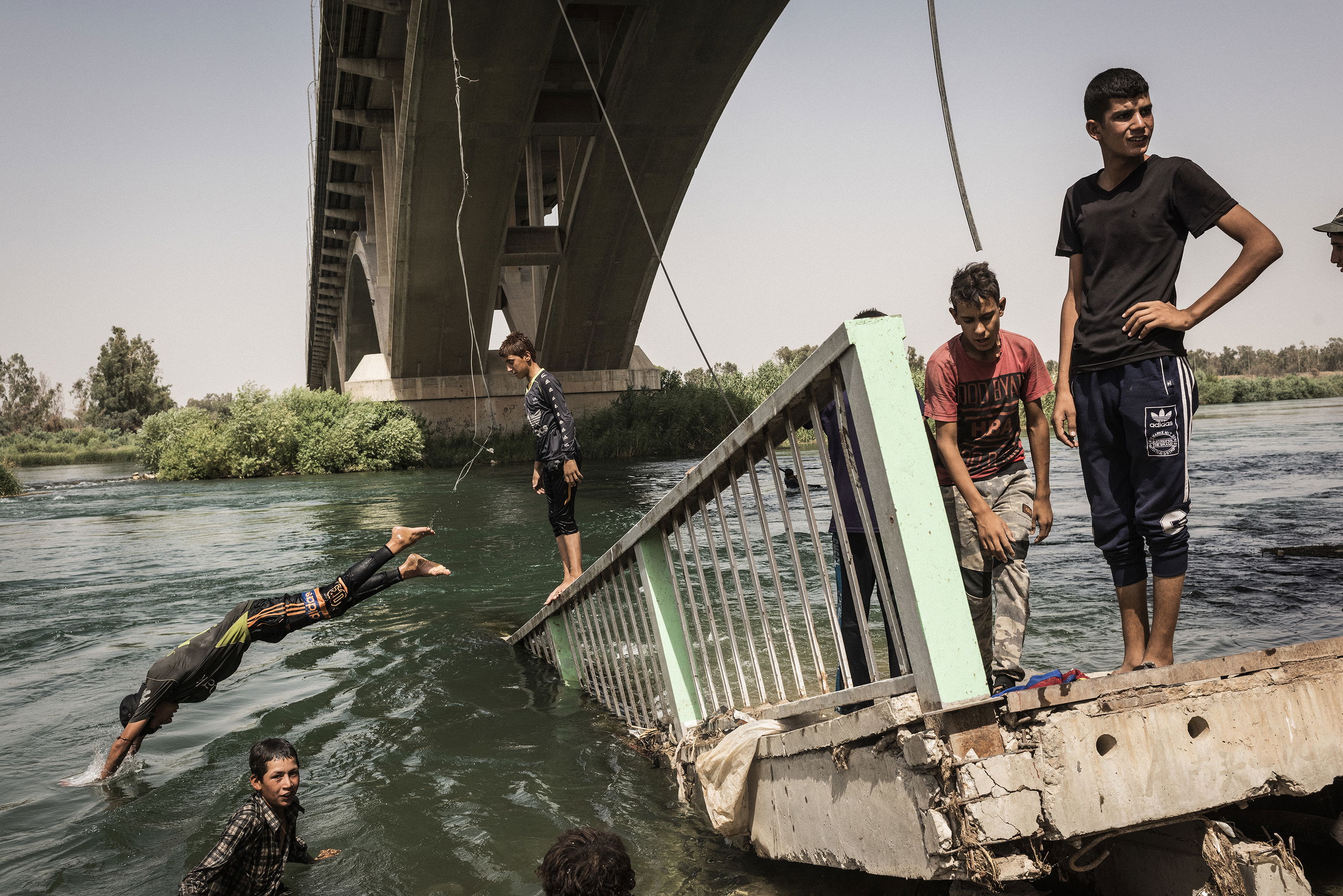
R&K: And you started freelancing from there?
Yar: I spent the next nine months covering the war for various publications and then also doing a lot of work myself. So I’d spend two days out for a magazine or a newspaper and then spend the next two days out using the money I just made to do it myself. I just worked as much as I could and covered as much of the fight as I could.
R&K: Can you talk a little more about why you were so fascinated with this story? Beyond the geopolitical angle, what was it that you found so compelling?
Yar: I’m always drawn to a story’s human element. So what I was always trying to focus on while covering the war was the impact on civilians, on the people who were stuck in the middle. I spent a lot of time listening not only to stories about their suffering, but also stories about their community, stories about their city, about their life as an Iraqi living through the American occupation—and prior to that, Saddam. When you meet people and you engage with their story, there’s a boulder effect where you just hear something and you’re like, oh, I’m interested in that. I’ll keep digging. So one story would pique my interest and I’d continue to unravel this larger story of the city and Iraq. And as an American, I was always interested in our impact, from our invasion and occupation, and really, what have my tax dollars done abroad and what are they doing currently? Even though the fight against ISIS seems very black-and-white, good-versus-evil and was positioned in this fashion in the media, including the media that I worked for, what I was often seeing on the ground were that the most negative impacts of the war on average individuals. And I thought that was important for me to cover.
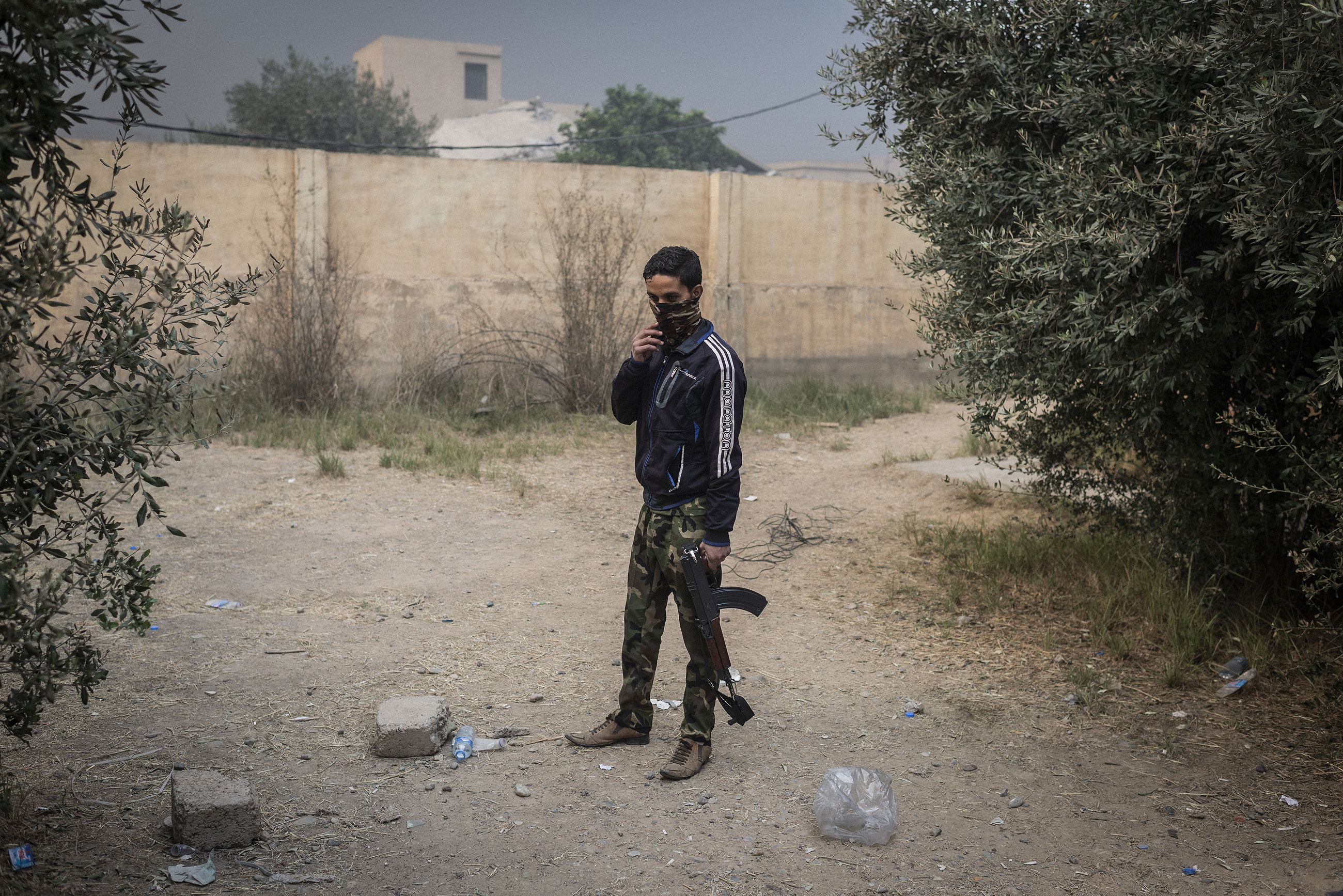
R&K: And the images in this book are a mix of reportage you did on assignment and photos you shot on your own, the “boulder effect,” so to speak?
Yar: Yeah, there was the fight, the nine months of war, and then after that I continued to go back and cover the reconstruction efforts and the de-mining efforts and the rebuilding of the city or lack thereof for years. While I was at Roads & Kingdoms, I was going back for two or three months a year and taking sabbaticals to go shoot in Iraq. The work combines those images of war and combat and civilian suffering with images of the reconstruction efforts, the destruction that remained, the injuries that were sustained as a result of the war, or contamination after the war. Really, it’s my effort to explain how this fight, this war against ISIS turned the city, and the most historic part of the city, into a graveyard. What does that do to the history of the city? What does that loss in culture mean? What does that loss in architecture mean for a people, for a city or a country? This book is trying to question that.
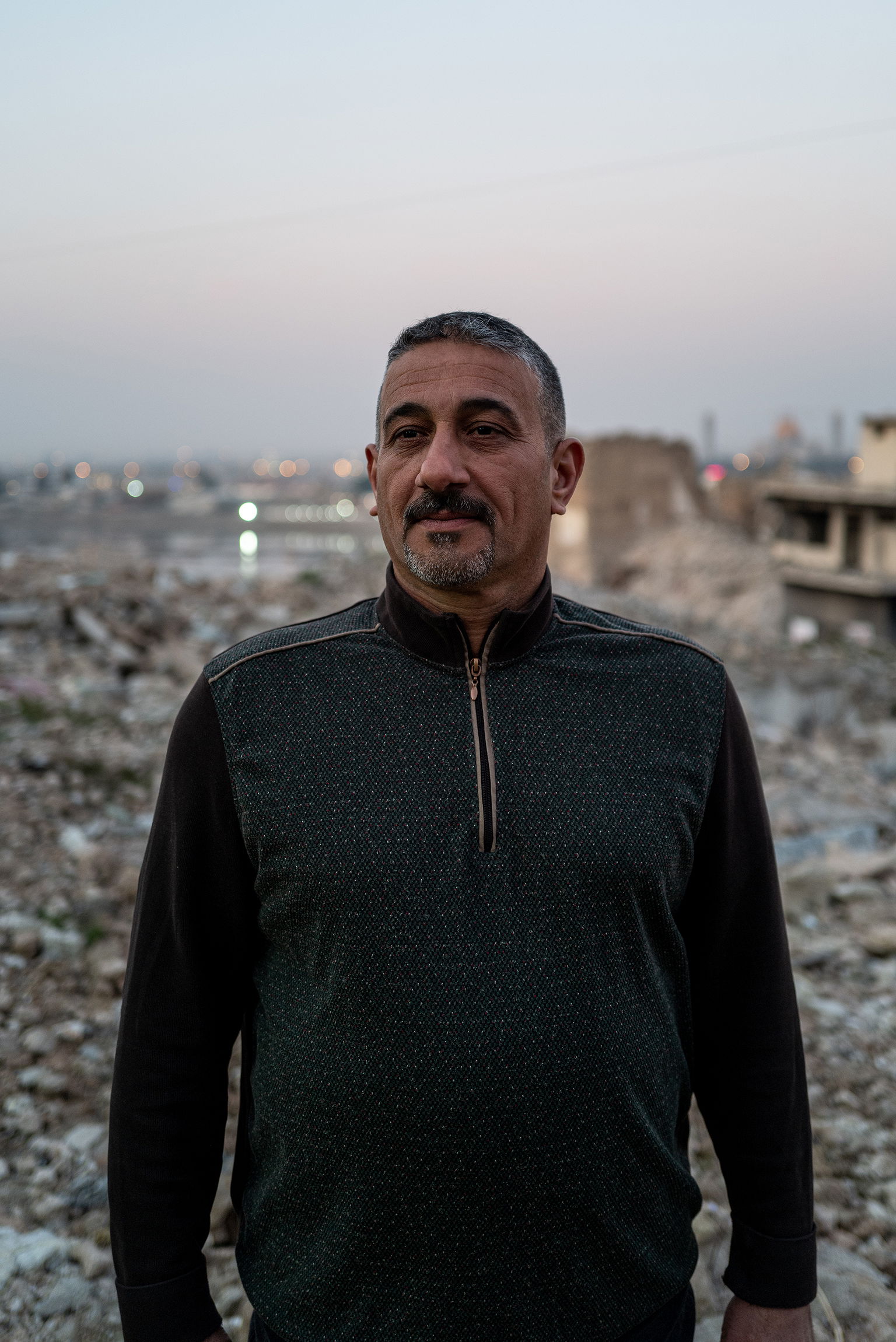
R&K: To someone who hasn’t been following this story super closely, it feels like it’s fallen back from global news coverage. How are things going now?
Yar: Mosul is pretty isolated. It’s in the middle of the desert. It doesn’t have a lot of support from the central government, but there have been significant efforts to revitalize the city. And every time I go back, there’s new construction and there are a lot of positive things happening in the city. Climate change is having a very negative impact, with droughts throughout the country. But the city itself is doing a lot better than it ever has been.
R&K: Interesting.
Yar: I was there last year and there are a lot of new industries, a lot of new jobs, and a lot of people feel generally positive about where the city is in comparison to where it has been the past. And Mosulawis, people from Mosul, were super excited to tell me last year that Mosul is the safest city in the country, which it has never been.
I was always trying to focus on the people who were stuck in the middle.
R&K: What did it feel like being back in the city?
Yar: What struck me the most while covering the reconstruction efforts, or lack of reconstruction efforts, in the Old City was the fact that for years afterwards, as I would make these trips back, the place still smelled like rotting bodies, because rotting bodies were still mixed into the rubble. And for years, even this past year, I would walk over these heaps of rubble along the Tigres River where these destroyed buildings had just been bombed to smithereens, and the bodies of the dead were just left to rot. And I couldn’t imagine living next to that. I couldn’t imagine if that was my city, how frustrating that would be, the lack of government action to clear the remains. A whole section of the city was just kind of bulldozed over, let’s forget about this, let’s move on.

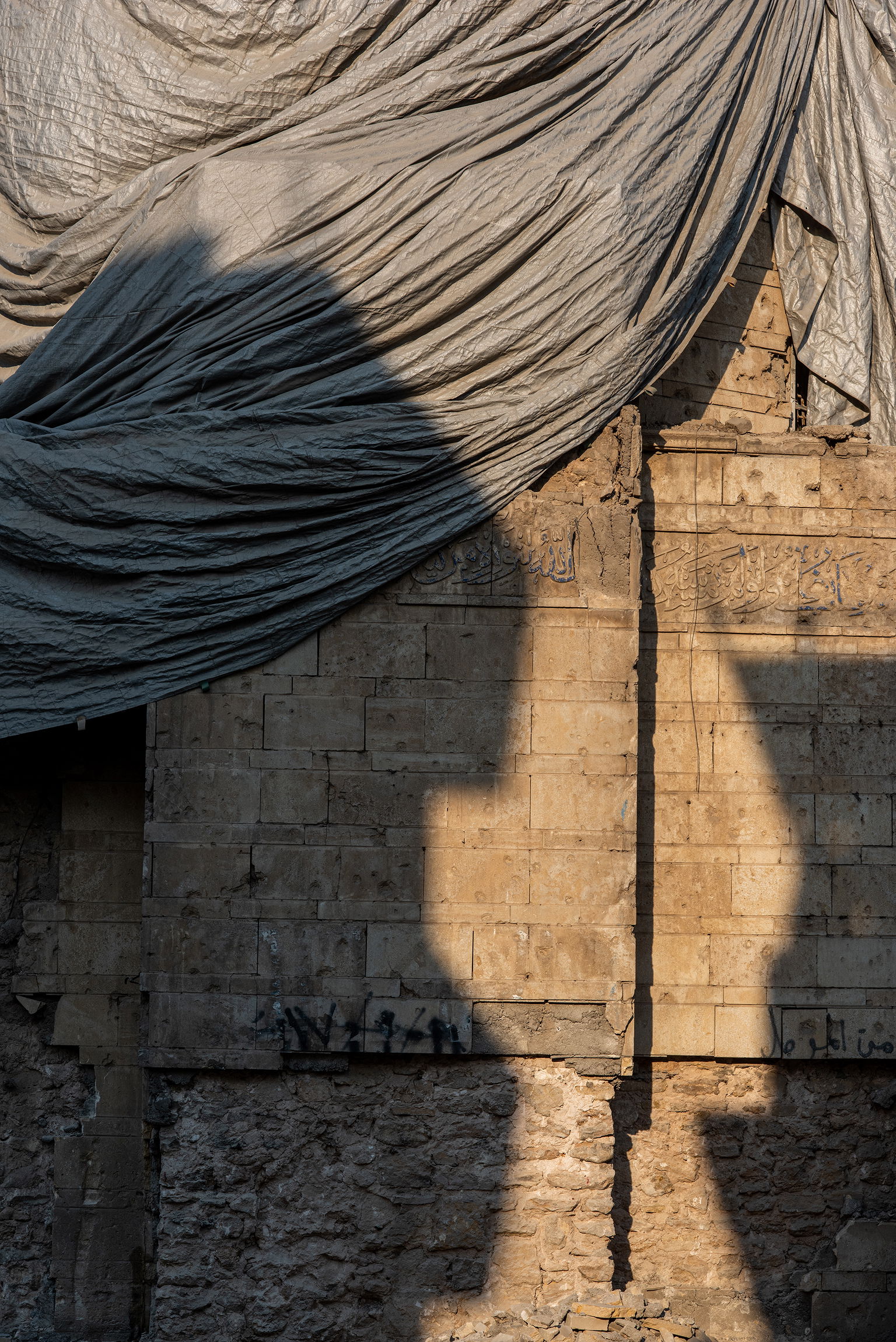
R&K: Do you plan to keep going back and documenting the city? And if so, what does getting this book out signify in terms of you telling this story?
Yar: This book coincides with 10 years after ISIS took over the city. So it’s looking back at what happened to the city as a result of ISIS taking over and the fight to rid ISIS from the city. I’ll keep going back. Mosul feels like home in many ways. It’s not my home, but I’m so familiar with the city. I know all the alleyways, all the streets. The same thing with Erbil in Northern Iraq. My house is there that I rented, my friends are still there. I try to go back as much as I can because I have a very strong connection to the place. I can’t wait to bring my daughter there and have her meet all my friends and meet their kids who were born over the course of me working there. I’ve lost two friends that I made through this war. It’s not a piece of me that I’ll ever stop pursuing.

R&K: You set up a Kickstarter to fund the final steps in production and the printing costs of the book in the Netherlands. Not knowing much about photo book publishing, I’m surprised that such an important and powerful work needs to be crowdfunded. Does it frustrate you that it does?
Yar: No, I choose my own demise on these types of things. With photo book publishing in particular, it’s very rare that the publisher actually pays for the work. It’s often that the photographer ends up doing this themselves anyway. But I don’t really have 30 grand lying around, so if this doesn’t get funded, it doesn’t publish. So if there’s any interest in buying this book, supporting this work, supporting the story of Mosul and what happened, then please head over to the Kickstarter.
R&K: Thank you, Cengiz.
You can learn more about the project, secure your copy of the book, and help fund its final printing here.
